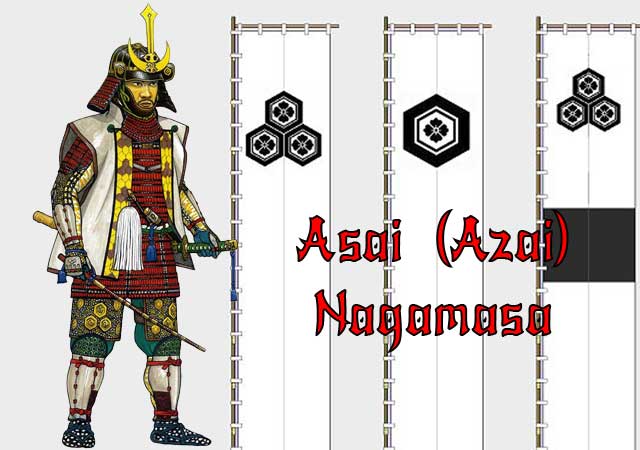
Asai Nagamasa inherited power from his father, Asai Hisamasa, when he was only fifteen years old. Both brave and impulsive, he proved himself a capable commander, managing to regain lands from the Rokkaku clan that had previously been lost by his father. After a territorial dispute with Oda Nobunaga over the province of Mino, Nagamasa formed an alliance with Nobunaga and married his sister Oichi, who was famous for her beauty. In 1570, when Oda Nobunaga declared war on the Asakura family, Nagamasa sided with the Asakura because he had long-standing ties with them. This unexpected move threatened Nobunaga's invasion of the Asakura lands by threatening him from the rear. Oda managed to save his army, not without the help of Tokugawa Ieyasu, but relations between Nobunaga and Asai were permanently damaged.
In the summer of that year, the combined forces of Oda and Tokugawa marched against the armies of Asai and Asakura. Asai's army was a formidable force. It is believed that together with his vassals — Isono, Atsuji, Shinzō, Akao, Amemori, and Imai, he could field about ten thousand men, a significant portion of whom were armed with arquebuses. Asai and Asakura attached great importance to this weapon and established one of the three main centers of rifle production in Japan in Kunimoto, located in the province of Omi.
Despite all the preparations and armaments, in the bloody battle of Anegawa, the troops of Asai Nagamasa and Asakura Yoshikage were defeated and forced to flee. After that, Nagamasa finally became part of the anti-Nobunaga alliance, which also included the Asakura, Rokkaku, and the monks of Enryaku-ji Temple. This alliance was secretly supported by Shogun Ashikaga Yoshiaki, who was under the control of Oda Nobunaga.
In 1573, after the death of Takeda Shingen, Oda Nobunaga won a decisive victory over the Asakura army and laid siege to Odani Castle, which served as Nagamasa's residence. Finding himself under siege and with no hope of rescue, Nagamasa sent his wife Oichi and their three daughters to Nobunaga, after which he committed suicide.
Interestingly, one of Asai Nagamasa's daughters, Yodogimi, also famous for her beauty, became a concubine of Toyotomi Hideyoshi and bore him a son named Hideyori. This son died after the fall of Osaka Castle, which was taken by Tokugawa Ieyasu in 1615. Ironically, another daughter of Nagamasa married Ieyasu's son, Hidetada, and became the mother of the third shogun of the Tokugawa family, Iemitsu.
See also
-
Otomo Sorin

Ōtomo Yoshishige came from a noble lineage, being the eldest son of Ōtomo Yoshiaki, the ruler of Funai Province. The roots of the Ōtomo family traced back to Fujiwara Hidesato, the adopted son of Nakahara Chikayoshi. Fujiwara served Minamoto Yoritomo during the Genpei War and took part in battles in Mutsu Province in 1189. In 1193, he was appointed shugo of Buzen and Bungo Provinces, after which he adopted a new surname—Ōtomo.
-
Okudaira Sadamasa

Sadamasa was the son of Okudaira Sadayoshi and took part in several battles under Tokugawa Ieyasu, distinguishing himself in the Battle of Anegawa in 1570, where he took two heads. Around 1572 he was forced to enter the service of the Takeda clan, but after the death of Takeda Shingen in 1573 he returned to Tokugawa, leaving Tsukude Castle together with his men. As a result of this defection, Takeda Katsuyori ordered the execution of Sadamasa’s wife and brother, who were being held as hostages.
-
Okubo Tadatika
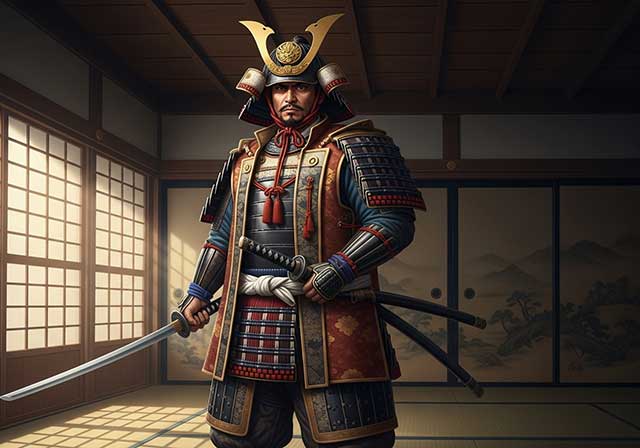
Tadatika, the son of Okubo Tadayō, entered the service of Tokugawa Ieyasu at the age of eleven, and took his first head in battle when he was sixteen. After the establishment of the Tokugawa shogunate, he was appointed as a rōjū — a senior bakufu official — and was regarded as one of Ieyasu’s most trusted advisors, alongside Honda Masanobu. He is also known for his military chronicle Mikawa Monogatari, which describes Ieyasu’s rise to power and the early years of the Tokugawa shogunate.
-
Okubo Nagayasu

Nagayasu was the second son of Okura Nobuyasu, a sarugaku theater actor from the Takeda clan. Takeda Shingen recognized the young man’s potential and took him into service, appointing him as a vassal to his general, Tsuchiya Masatsugu. During this period, Nagayasu changed his family name to Tsuchiya. He was entrusted with developing the Takeda clan’s gold mines as well as handling matters related to taxation.
-
Nitta Yoshisada
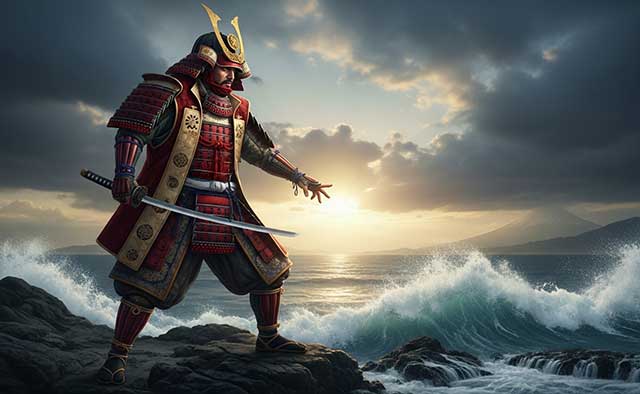
Nitta Yoshisada was a loyal soldier of Emperor Go-Daigo, who in the 1330s attempted to restore direct imperial rule in Japan. The Nitta family was related to the Ashikaga house and was older in lineage. However, they did not join Minamoto Yoritomo at the start of his war with the Taira, as the Ashikaga did, and therefore did not receive high positions in the Kamakura shogunate. This may have been one of the reasons why Yoshisada rose against the Hōjō clan in 1333.
-
Natsume Yoshinobu

Yoshinobu, a long-time vassal of the Matsudaira and Tokugawa clans, governed Hamamatsu Castle on behalf of the Tokugawa house. During the clashes between the Imagawa, Takeda, and Matsudaira clans, he served in the garrison of Nagasawa Castle and in 1562 took part in raids under the command of Itakura Shigezane. When, in 1563, a revolt of the Sōtō-shū sect followers broke out in Mikawa Province, Yoshinobu joined the rebels together with Honda Masanobu and Hachiya Sadatsugu.
-
Nambu Nobunao
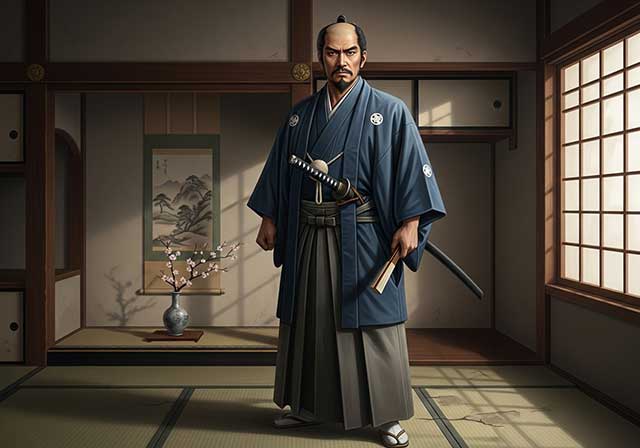
The Nambu clan was an ancient and powerful family that traced its lineage back to the Minamoto shoguns and had controlled a significant part of the Tohoku region in northern Honshu since the 12th century. Nobunao was born in Ikatai Castle, located in what is now the city of Iwate. He was the second son of Ishikawa (Nambu) Takanobu, the 22nd head of the Nambu clan. In 1565, Nobunao’s uncle, Nambu Harumasa, adopted him, brought him to Sannohe Castle, and named him his heir, later giving his daughter in marriage to him.
-
Naito Ienaga
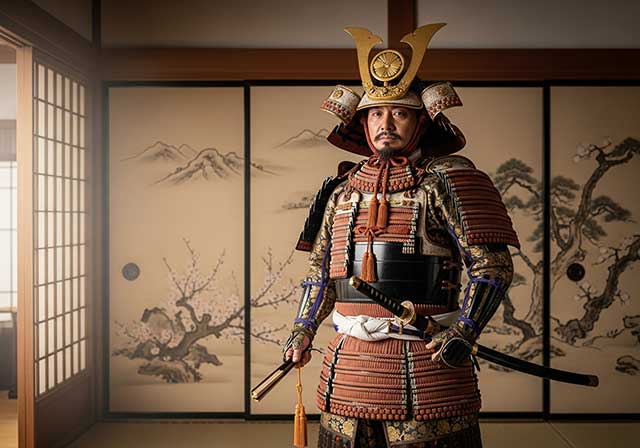
Ienaga was the son of Naitō Kiyonaga and served Tokugawa Ieyasu from an early age. Like his father, he was exceptionally brave, and thanks to his remarkable skill with the bow, he earned the nickname “the unrivaled archer.” Although both the elder and the younger Naitō belonged to the Jōdo Shinshū (“True Pure Land”) sect, during the Ikkō-ikki uprising in Mikawa Province in 1565, Ienaga did not support his fellow believers and instead sided with Tokugawa Ieyasu, earning his special trust. He later took part in the battles of Mikatagahara, Nagashino, and many other engagements while accompanying Ieyasu.

